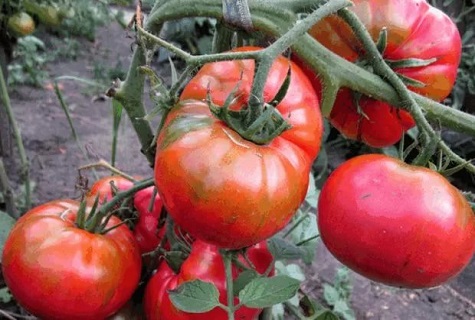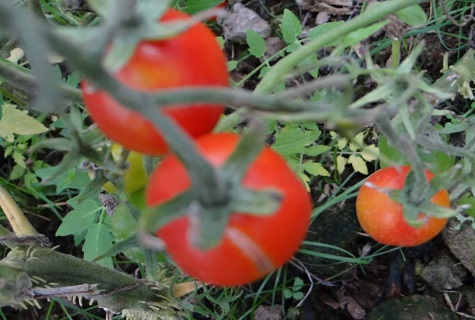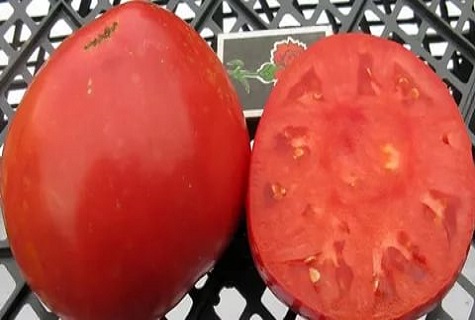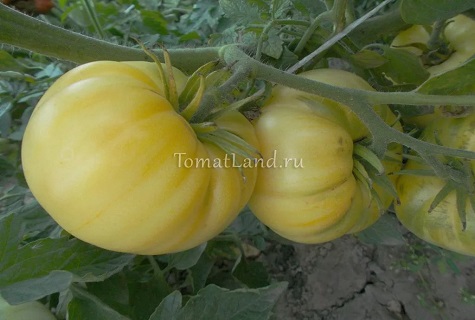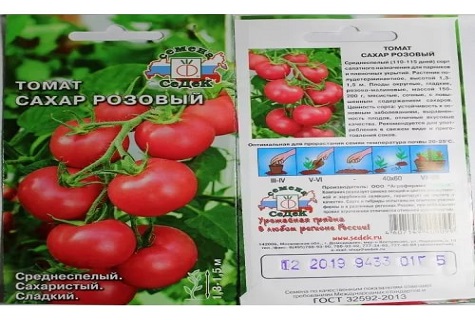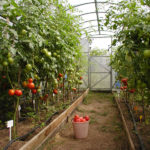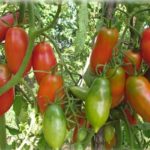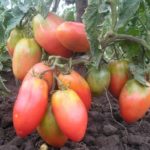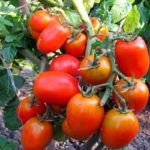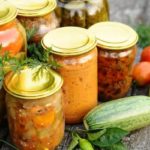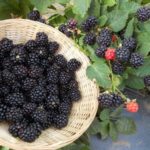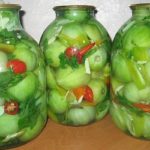Brown Sugar Tomato has a unique appearance, the peculiarity is its chocolate color. At the same time, tomatoes are sweet and versatile in use: they can be canned, eaten fresh, added to salads and made into juices.
Description
Brown Sugar tomato is a late-ripening variety, one of the dark-fruited varieties. It will take at least 120 days from the emergence of seedlings to a good harvest. The description of the variety is replete with both ordinary and unique advantages.
Bush. When planted in greenhouses, the bush will reach two meters, so it needs to be tied up. In the open air the plant will grow smaller - up to 1.5 m.Clusters form a maximum of five tomatoes.
Fruit. Features of the fruit:
- Moderate volume;
- chocolate brown color;
- smooth shiny surface;
- weight 100-150 grams.
Pulp. Tomato Sugar Brown has a very rich and sweet taste. There are few seeds, and the pulp itself is loose, fleshy and juicy. The shiny skin protects the tomato well from cracking. Tomato contains a high level of sugar and important microelements. For such properties, it is often used to feed children and as a dietary dish.
Productivity. Another outstanding indicator is productivity. From 1 m² of soil you can harvest from 6 to 10 kg of selected tomatoes.
Usage. Ripe tomatoes are widely used in cooking: they have proven themselves in canning, making sauces and juices, are suitable for adding to salads, and are also eaten fresh. Gardeners who grew the Brown Sugar tomato variety noted that children love it for its sweet, delicate taste and are great at eating the vegetable straight from the garden (after washing it first).
Peculiarities. An important advantage of this species is its frost resistance. At the same time, tomatoes tolerate transportation and storage well.
The big plus is the healing properties dark- chocolate variety. It’s not for nothing that this tomato is called the “rejuvenating apple”, because it contains antioxidants that slow down the aging of the body, fight viruses, add male strength and even have an anti-cancer effect. But all of the above properties are inherent in fresh tomatoes, which means that for prevention or treatment they should be consumed in the form of juice or fresh.
Features of cultivation
The tomato is considered a late tomato. For this reason, most fruit growth occurs in the fall.With the onset of frost, the fruits continue to grow, and frozen and drooping foliage will not prevent them from ripening well.
Seedling. It is recommended to sow seedlings in the second half of March or early April. This applies to all types of late varieties. No earlier than late May - early June they are planted in the ground.
Seeds are sown in a hole up to 2 cm deep. After planting, the soil is sprayed with warm boiled water and covered with film for rapid seed germination. For the same purpose, it is necessary to maintain a stable air temperature within 23-25 degrees. As soon as the shoots appear, the temperature can be reduced by 3 degrees.
The seedlings are moved to a bright place. And with the appearance of the first leaves, the plants are planted in pots and liquid complex fertilizer is added.
It is necessary to water the seedlings once every five days; rain, settled or boiled warm water is suitable for this. Tomato seedlings are gradually hardened, increasing the time spent in the fresh air. Hardening is a recommendation.
Landing in the ground. You can plant 3 plants per 1 m². Before planting, the holes are fertilized with mineral fertilizers or wood ash (strictly, no more than 1 tablespoon).
Plants after planting require tying to supports, because they will grow tall. The formation of bushes occurs in one stem, the lower leaves and stepsons are periodically removed. The characteristics of the variety indicate a late ripening period, so the last tomatoes are harvested before frost. Ripening occurs at home.
Care
Over the entire season, it is necessary to fertilize tomatoes 3-4 times. The optimal scheme is to add nitrogen-containing fertilizers before flowering, and during fruiting, add phosphorus or potassium fertilizers. Mineral complexes are perfect.Constant watering of plants is necessary, preferably at the roots, weeding and loosening of the soil. Regularly following the recommendations will help you get high yields.
Diseases
Tomatoes are resistant to fungi and viruses. But to protect young plants and increase productivity, disease prevention is necessary. Every year you need to replace the soil in greenhouses; if you want to protect your tomatoes even better, water the soil with a solution of potassium permanganate (potassium permanganate). Those gardeners who have planted tomatoes are advised to spray the plantings with safe microbiological preparations.
Reviews
On the Internet you can easily find reviews from connoisseurs of this variety. One of many: “Brown sugar is a variety of tomato. I've been planting it for a couple of years. He's sweet. I got everyone hooked on him.” Brown Sugar is suitable for both experienced and novice gardeners. For a rich harvest, you will need to properly water and fertilize the plants.

